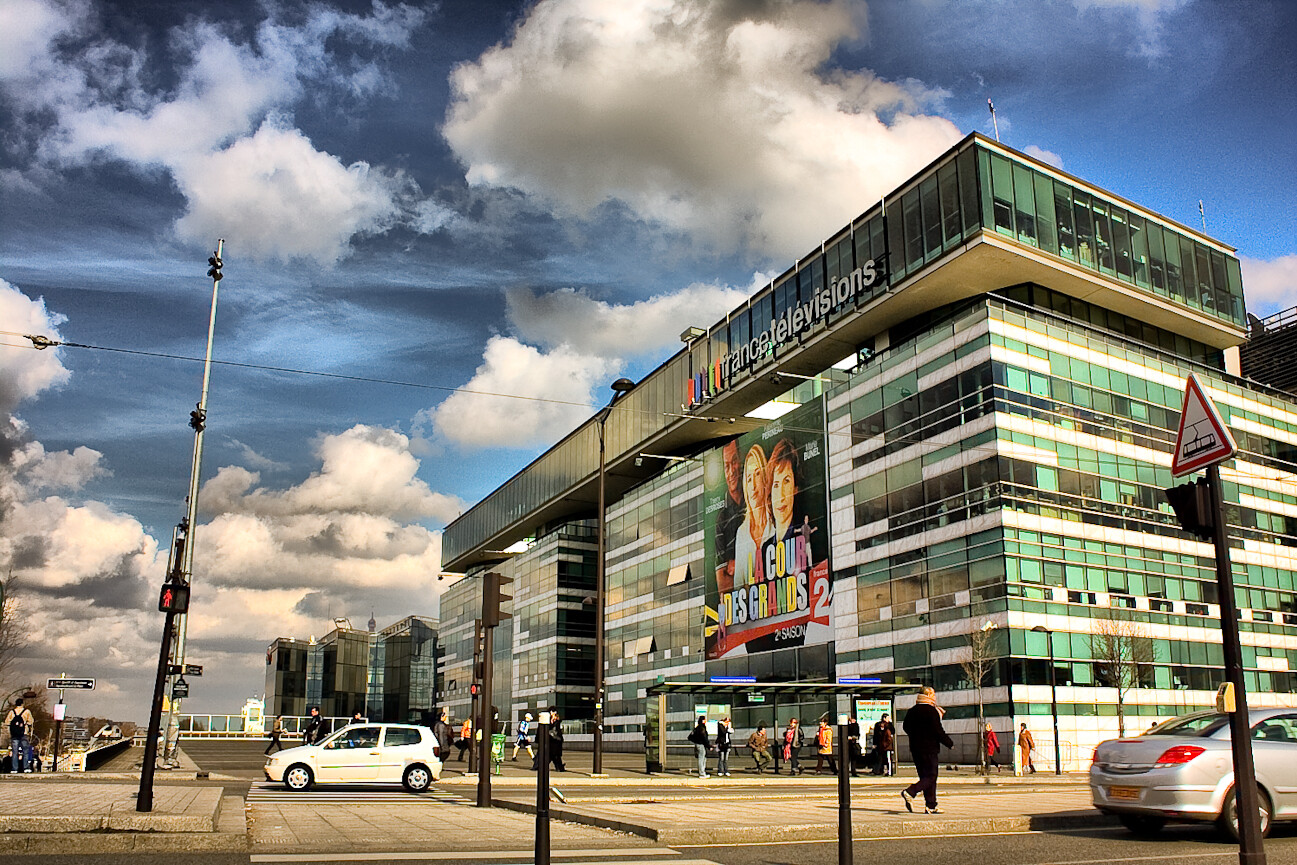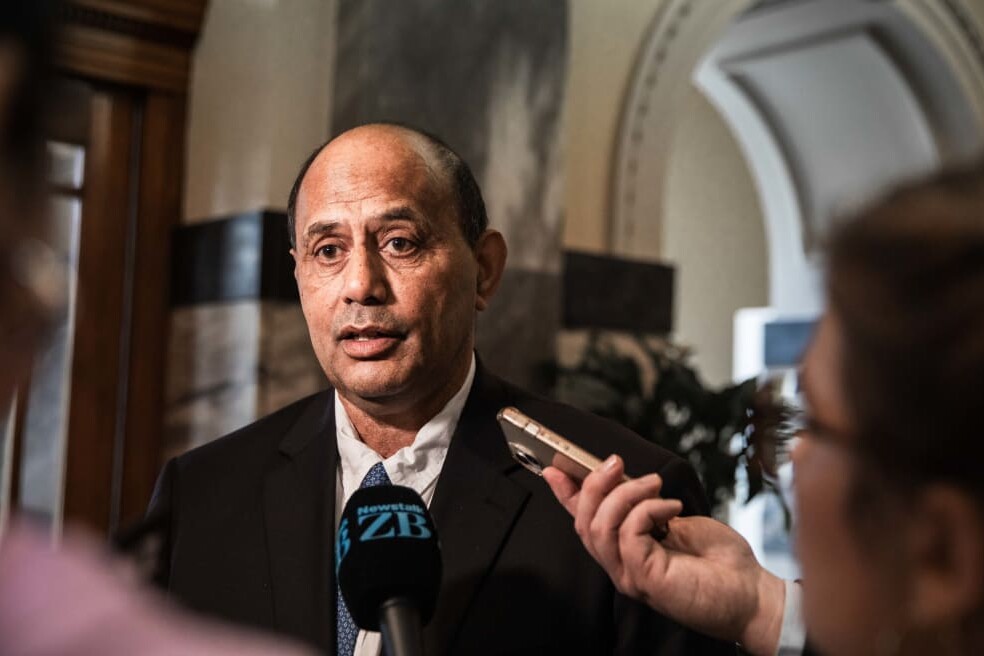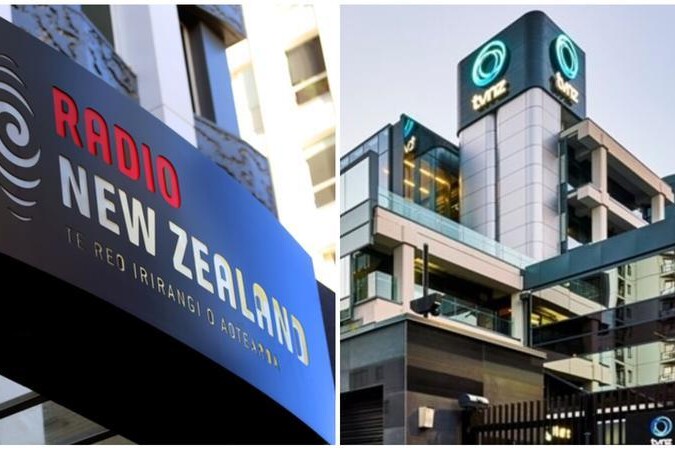ANALYSIS
Public media mergers: no small feat
12 September 2025
Despite being fraught with complexity, mergers are often seen as a solution to some of the challenges facing public service media. We take a quick look at five recent case studies.
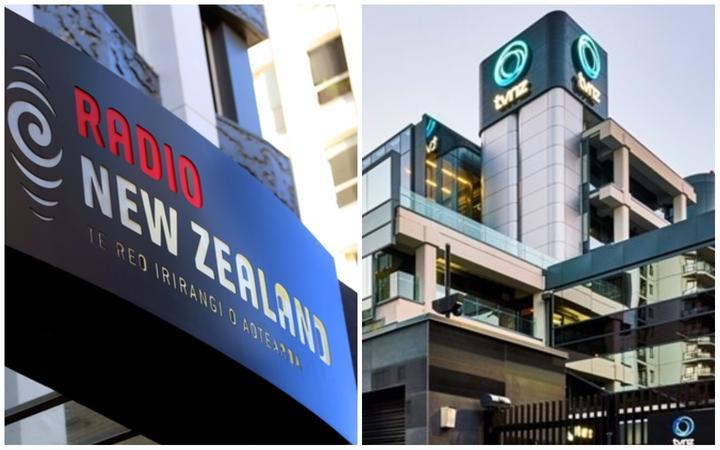
In recent years, several countries have proposed merging public media organisations as a way to save money for both governments and licence fee payers. The rationale is often that merging back-office functions and executives would trim unnecessary duplication, as well as other benefits from combined newsrooms, or cross-platform content.
But, in many cases, the mergers never happen. Public broadcasters are often venerated legacy institutions with decades of complexities and support. In countries with multiple public media, the cultures and structures of these organisations are nearly completely different, and efforts to combine can be resisted or prove difficult – and expensive – to accomplish.
Read more: France TV, Radio France, INA: why a reform of public broadcasting is essential
Other countries have pulled it off, or are in the process of, combing their public media. But it has required significant will and political capital to achieve it. What follows is a description of countries that have attempted to merge public broadcasters in the past five years, and the complexities they have encountered.
FRANCE
Pitched as a lifeline for public media, the Macron government has undergone a protracted effort to try and merge France’s fragmented landscape into a single, centralised structure. While it is still working its way through the French parliamentary process, it has struck obstacles at nearly every step.
The reform proposed the creation of a new holding company named France Médias, which would merge Radio France, France Télévisions, and the National Audiovisual Institute (INA) under the authority of a single chair and chief executive officer.
The government sees it as urgent, with a recent report finding that maintaining the status quo would pose “an existential threat to public broadcasting,” citing shrinking audiences, misinformation and ultimately “a loss of legitimacy.”
Latest Analysis
In an Insight from The Conversation, republished by the Public Media Alliance in May, Nathalie Sonnac, a professor of information and communication sciences at Université Paris-Panthéon-Assas, said the reform was essential for the very survival of French media.
But the proposal has been vehemently opposed by media unions, who have gone on strike several times, concerned that any merger could be a smokescreen for budget cuts, and that any change would be a risk to pluralism.
Politically, the far-right wants to privatise public broadcasting, while many on the left are not in favour either, meaning the bill has been knocked back several times on its journey through parliament. But still, the government is persisting with it.
LATVIA
In January, Latvian Radio and Latvian Television were merged into a single entity now known as Latvian Public Media, or LSM. With the creation of the new body, much of this year has been spent going through structural changes, including migrating to a single web presence, and working out the minutiae of corporate structures and departments.
With the governance structure in place, attention is now turning to trying to streamline the single organisation, and that has included job cuts. LSM has released a strategy for the coming months which suggests trimming back linear broadcast altogether. With one suggestion that foreign language options will be available only online, with linear broadcasting only in the Latvian language, which means the closure of the Russian-language Radio 4.
“Our goal is to create a strong, unified, public-good-oriented and digitally minded media that is trusted and appreciated by the people of Latvia. To realise this, significant changes must be made,” said Baiba Zūzena, the chair of LSM.
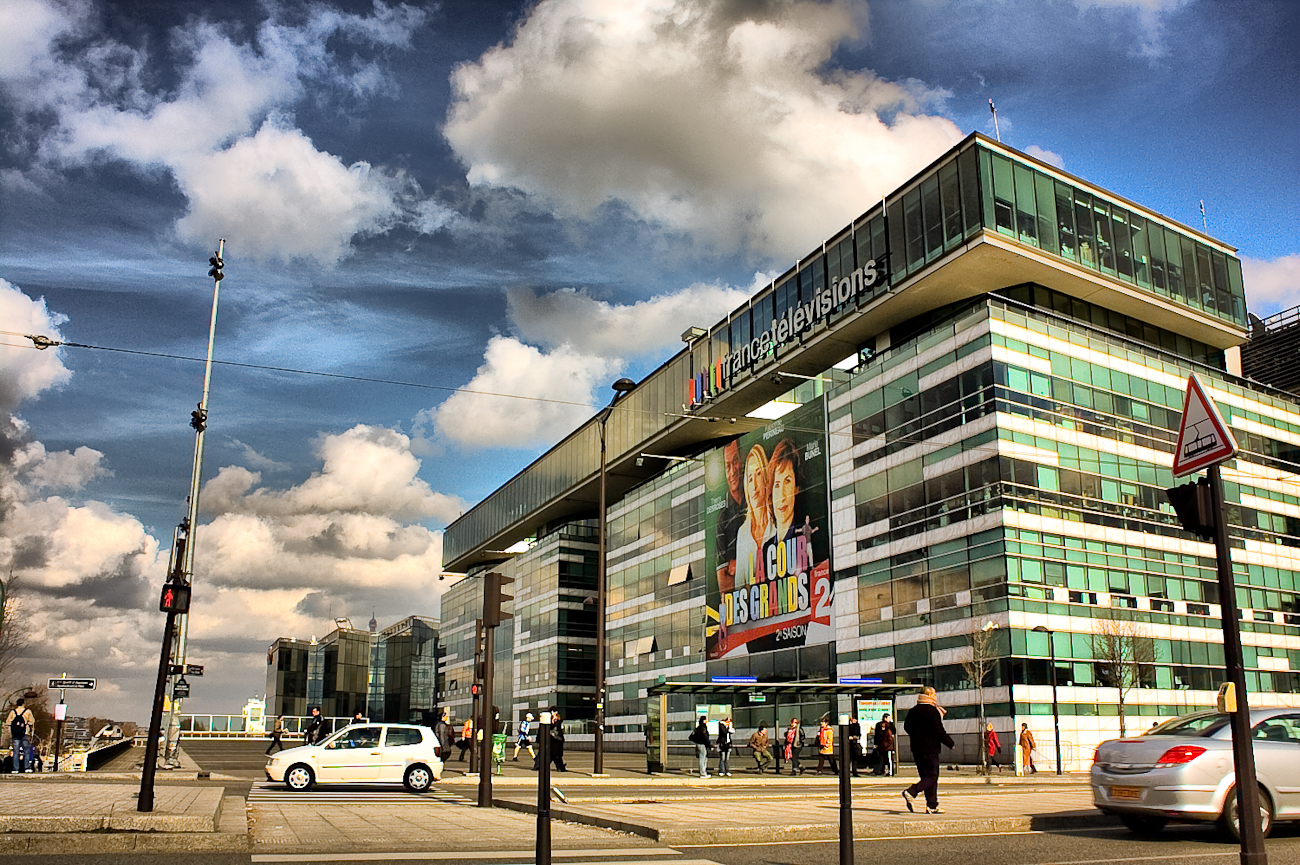
NEPAL
Nearly a year ago, a new National Public Service Broadcasting Agency was formed in Nepal from the merger of the two existing state radio and television networks.
It was intended that the new agency would be more “robust, efficient and strong” than the previous two organisations, and modelled on public service media organisations like NHK in Japan or the BBC in the UK. Its creation had been advocated for and welcomed by civil society and press freedom advocates.
“A revitalised PSB can play a critical role in countering disinformation, providing credible information to citizens and strengthening national unity—provided it is shielded from political control and managed in the public interest.” – Thibaut Bruttin, RSF Director General & Binod Dhungel, Nepal Correspondent
With a new governance and executive in place, the past year has been spent trying to establish the new organisation, though it is still fledgling. But while the prospect of a strengthened public media in Nepal has been welcomed, it comes amid wider concerns for press freedom in the country, which could provoke concern that any new organisation would be subject to state capture.
In the past month, organisations including the IFJ and RSF have both spoken out against the erosion of media freedom in Nepal, with elections due next year.
In a column for the Kathmandu Post, RSF director general Thibaut Bruttin and Nepal correspondent Binod Dhungel wrote: “The future of Nepal’s democracy depends in part on the strength and independence of its public service broadcasters.”
“A revitalised PSB can play a critical role in countering disinformation, providing credible information to citizens and strengthening national unity—provided it is shielded from political control and managed in the public interest.”
NEW ZEALAND
Following the 2020 election, New Zealand’s then-Labour government planned to merge public broadcaster, RNZ, and state-owned but commercial TVNZ into a single entity. After initial investigations, the government decided to go ahead with the merger in 2022, with Aotearoa New Zealand Public Media (ANZPM) due to launch in March 2023.
But, in February 2023, the plan was shut down by former prime minister Chris Hipkins as he shed unpopular policies ahead of an election that October, which Labour ultimately lost. The National-led coalition government that replaced it has no intention to proceed with the merger.
The merger had become a political flashpoint, opposed by the National party and much of New Zealand’s private and commercial media sector, amid concerns over whether the merger was necessary and how much it would cost. While it was supported by RNZ chief executive Paul Thompson, TVNZ was more ambivalent. Similar to France, government-commissioned reports said it was necessary for the survival of the New Zealand media. But a January 2023 poll by TVNZ’s 1News found that only 28 percent of people supported the merger, while 48 percent opposed it.
The merger might be dead and unlikely to return any time soon, but closer collaboration is still on the cards. RNZ will move its Auckland offices and studios into TVNZ’s building later this year, while the two organisations have both announced they are looking for ways to collaborate or share more resources.
More on Trump and Public Media
A crisis, a controversial reform bill, and a funding boost
11th November 2025
The impact of the Federal Rescission on US Public Media
10th October 2025
PMA joins call to maintain existing US visa system for foreign journalists
11th September 2025
UNITED STATES
In the fragmented public media market of the United States, there have been flurries of mergers for decades, whether that’s been independent stations merging their newsrooms while retaining separate identities, or broadcasters in certain cities or states choosing to merge under one umbrella. Or, recently, public stations merging with private companies or digital startups.
In 2019, Harvard University’s Shorenstein Center for Media, Politics and Public Policy launched the Public Media Merger Project, to analyse a trend being seen of public radio stations merging with digital startups as a way of increasing reach and revenue.
A flurry of such mergers happened in the early 2010s, when the St Louis Beacon merged with St Louis Public Radio, and Seattle’s public KCTS-9 merging with the digital outlet Crosscut to form Cascade Public Media.
By 2018, some of the bigger US public media were getting in on the game, including a triple-header of public radio stations from New York, Washington, and Southern California providing a home for revived platforms like the Gothamist.
“The nonprofit WNYC business model has proved to be a growing and thriving thing while a lot of things have been going so deeply south,” Jim Schachter, the head of the news division at WNYC, told Wired in 2018. “The hope is we can build something bigger and better by bringing these two things together.”
The idea of consolidation or mergers is something that could have renewed interest with the Trump administration’s removal of federal funding for public media and the shuttering of the Corporation for Public Broadcasting (CPB).
However, the Harvard project’s research, which included publishing a public media “mergers playbook” in 2021, has found such mergers have had to confront thorny issues including governance and editorial policies.
“Over the long term, I think a new Public Broadcasting Act is in order – one that is designed to address digital media dynamics and the market failure in local news,” wrote the project’s lead, Dr Elizabeth Hansen.
She went further in the playbook’s conclusion: “All of this gives us hope that a new, more diverse, equitable, and inclusive public media can be built with the talent, resources, and platforms of the current system.”
Related Posts
20th September 2024
Nepal to create brand-new public service broadcaster
Nepal's Parliament passed a bill to…
26th April 2023
New Zealand: What’s the government’s post-merger media plan?
After New Zealand's government decided…







